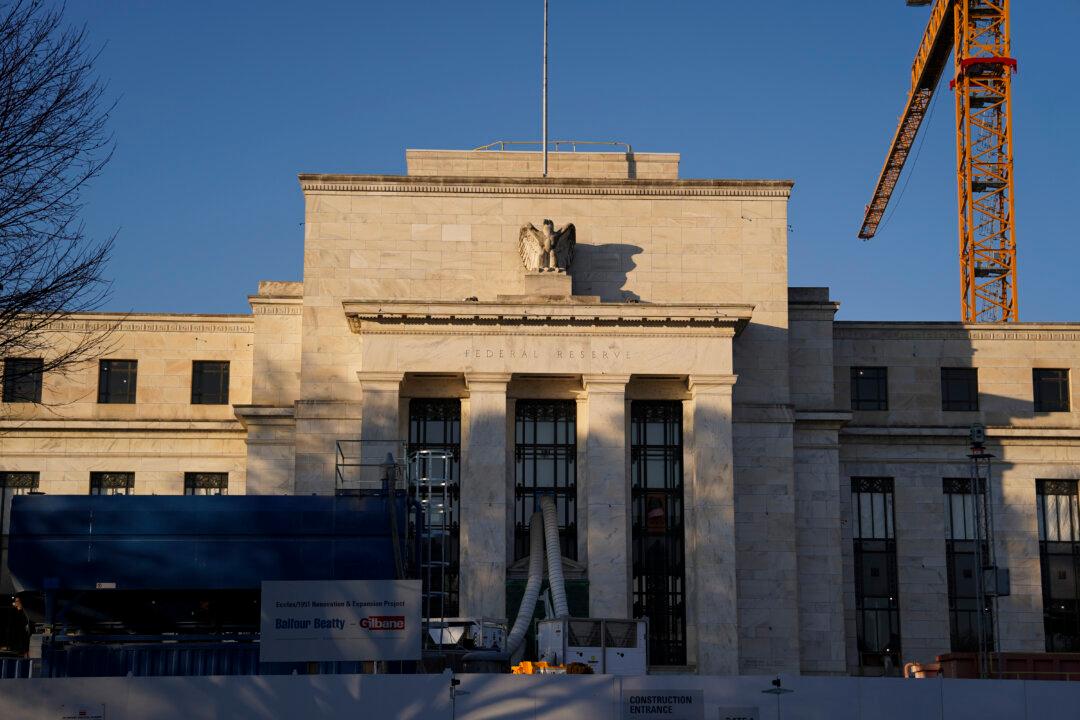The Federal Reserve and other financial regulators are drafting a proposal that would mandate banks to borrow from the central bank at least once per year to diminish the stigma of using the discount window.
Alongside the Federal Deposit Insurance Corp. (FDIC) and the Office of the Comptroller of the Currency (OCC), the Fed aims to ensure that financial institutions are better prepared for a hurried exodus of deposits. The latest regulatory efforts come nearly a year after the banking crisis that saw regional banks endure a tidal wave of client deposit outflows, resulting in the failures of Silicon Valley Bank, Signature Bank, and First Republic Bank.





